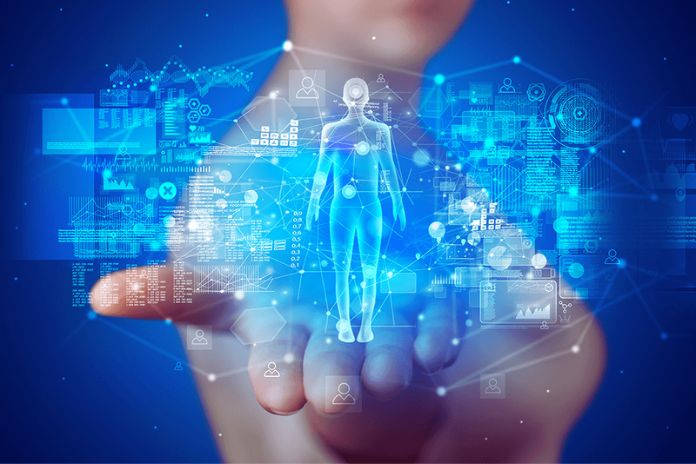The Internet of Bodies is an area of technology that has been gaining a lot of space in our lives. It is found in smartwatches, pacemakers and other solutions for monitoring users’ health.
IoB aims to connect the human body with digital devices. Stay with us and learn more about this technology, its uses, challenges – and risks.
What Is The Internet Of Bodies?
IoB is one of the arms of the Internet of Things that seeks to integrate technological devices into the body. The technology uses the organism as a data platform, collecting and monitoring important information.
In other words, the IoB connects to the body through equipment ingested, implanted or connected to it somehow. Once this connection is established, the body and equipment can be monitored remotely.
It sounds like a science fiction film, but don’t be alarmed, as the practical uses of this technology have nothing to do with the controlling narratives of Hollywood cinema. You’ve probably already come into contact with some IoB equipment.
Advances in Internet of Bodies technology bring numerous benefits, such as increasing the chances of disease prevention productivity and encouraging people to actively participate in maintaining the quality of their health.
The Three Generations Of IoB
Internet of Bodies technologies are divided into three categories called generations:
External Body
This is the most common type we encounter daily, known as the first generation of IoB. Its integration with the body occurs through external equipment.
Smartwatches and other wearable devices, such as Apple Watch and Fitbits.
Inner Body
The second generation of IoB is integrated into the human body through internal devices. We can cite as an example hearing and brain implants, pacemakers or monitoring pills for imaging exams.
Embedded Body
In the third generation of IoB, technology and body are “fused” and have real-time connections with a remote machine, facilitating the collection and sending of data or even active interventions.
Examples Of IoB Applications
You must have realized the importance of IoB for monitoring the health of individuals. So, let’s cite some examples of the applications of technology in our daily lives.
Pacemakers
Newer pacemakers can transmit patient information continuously and in real-time to their doctor. The device installed on the individual’s chest is connected to the heart using insulated wires.
This equipment monitors and monitors your heartbeat and can even regulate it in case of any abnormality. Therefore, they are crucial in helping to treat heart failure.
Smartwatches
Smartwatches are the IoB devices most present in our daily lives. Through their numerous sensors, they are capable of offering the user an overview of their physical activities and diet.
These devices make it easier to view critical health information and metrics, as they can track step measurements, heart rate, and sleep patterns, among other essential well-being indicators.
Digital Pills
In 2017, the Food and Drug Administration (FDA), an American regulatory agency, allowed using the first digital pill.
This is a not very well-known IoB device, but its function is quite interesting, considering it can monitor whether the patient is taking medications.
Digital pills can offer greater possibilities for analyzing compliance with medical recommendations, especially in cases where maintaining medication consumption is essential for the effectiveness of treatment and the patient’s well-being.
Challenges And Risks Of Internet Of Bodies Technology
Despite the possibilities that IoB can bring to our lives, the advancement of this technology is surrounded by moral and ethical questions. Most of them are related to the security and privacy of the data of those who use these devices.
There is a grey area when we talk about legislation that deals with the regulations for using information collected through the Internet of Bodies. After all, this is very intimate information that can have malicious uses in the wrong hands.
For example, Amazon, the American e-commerce giant, patented technologies for building a bracelet capable of monitoring the productivity of its employees.
By recording the location and movements of their hands, the bracelet would vibrate when it senses any sign of distraction.
Therefore, if, on the one hand, technology appears to enhance productivity within the workplace in the future, on the other hand, it faces a series of ethical questions.
Using the bracelet, the employer would have access to intimate information about the employee, such as the number of bathroom visits. Such technology could infringe on labour rights and individual privacy.
Also Read: What Does ChatGPT Mean For The Market?

